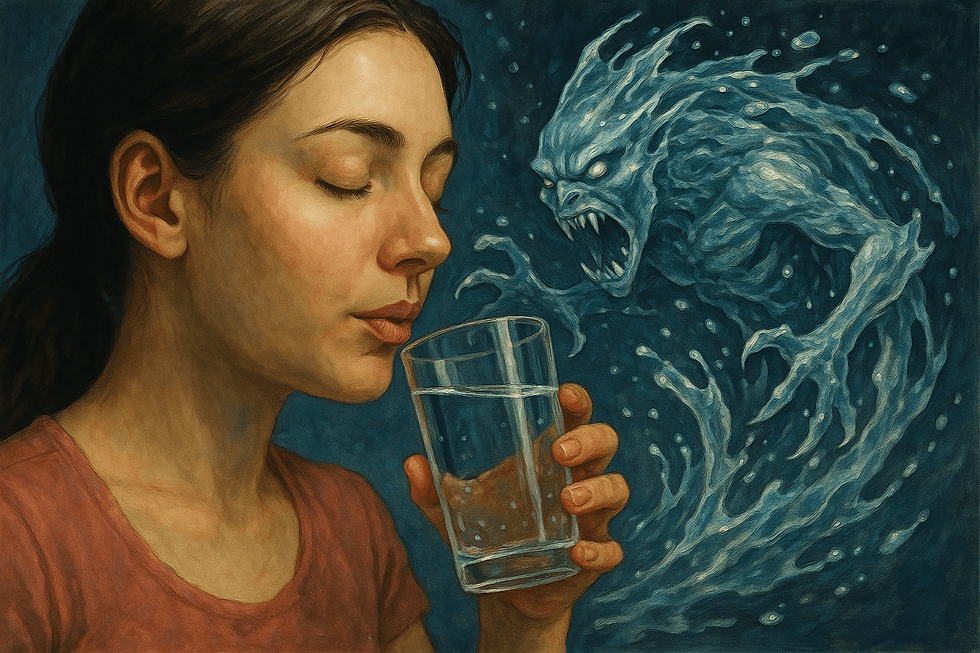Is 100% Pure Water Actually Healthy? Here’s What You Should Know
- Everfilt® Admin

- Sep 16
- 2 min read

When you see “100% pure water,” it feels like you’ve found the gold standard. No chemicals, no contaminants, just the cleanest water possible. But here’s the twist: water that’s truly pure isn’t automatically healthy.
Sounds backwards, right? Let’s break down why completely purified water isn’t ideal for drinking, how it affects your body, and why industries actually love it.
What Counts as “100% Pure Water”?
We’re talking about water with nothing in it but H₂O molecules.
No minerals, no salts, no nutrients. It’s usually created through methods like:
Distillation (boiling & condensing)
Reverse Osmosis (RO) (forcing water through super-fine filters)
Deionization (removing charged particles)
The end result is water that’s squeaky clean, but also stripped of everything your body relies on.
Why Totally Pure Water Isn’t Great for Drinking
1. Your Body Loses Out on Minerals
Natural drinking water usually contains small amounts of calcium, magnesium, and potassium, minerals that support bone health, muscle function, and nerve signaling. Pure water erases those. Over time, that adds up.
2. It Can Mess with Electrolytes
Since pure water doesn’t contain dissolved minerals, it can actually pull electrolytes out of your body to balance itself. Too much of it, and you could feel tired, crampy, or lightheaded.
3. It Doesn’t Taste Good
Pure water is flat. Some people even describe it as “empty” or “off.” That’s why most bottled water companies put minerals back in after purification, to make it taste like water again.
4. Slight Acidity Factor
Because it absorbs carbon dioxide from the air, pure water can become slightly acidic. Not dangerous in small doses, but not something you want as your main hydration source either.
Where 100% Pure Water Shines
Just because it’s not ideal for your water bottle doesn’t mean pure water is useless.
In fact, it’s a star player in certain industries:
Pharmaceuticals – used in medicine production & lab testing
Electronics – rinsing microchips with water that won’t leave residue
Research labs – experiments need water with zero interference
Industrial cooling systems – help prevent scale & corrosion
So while it’s not made for daily hydration, it’s perfect for high-precision environments.
How Water Treatment Companies Balance It
The smartest approach is a two-step process:
Purify the water to remove contaminants, heavy metals, & bacteria.
Add minerals back in so the water is safe & nourishing.
That’s why your favorite bottled water tastes crisp instead of flat; it’s been “remineralized” after purification.
The Verdict: Good or Bad?
For everyday drinking: not great. Your body needs minerals.
For science & tech: absolutely essential.
For balance: purified with minerals added back is the healthiest choice.
Final Take
The phrase “100% pure” sounds healthy, but in reality, water that’s too pure isn’t what your body needs. Humans evolved drinking water with natural minerals, not lab-clean H₂O. The healthiest option is water that’s both clean and balanced.
So the next time you see “pure water” on a label, don’t assume it’s automatically better; what matters is what’s left in, not just what’s taken out.



